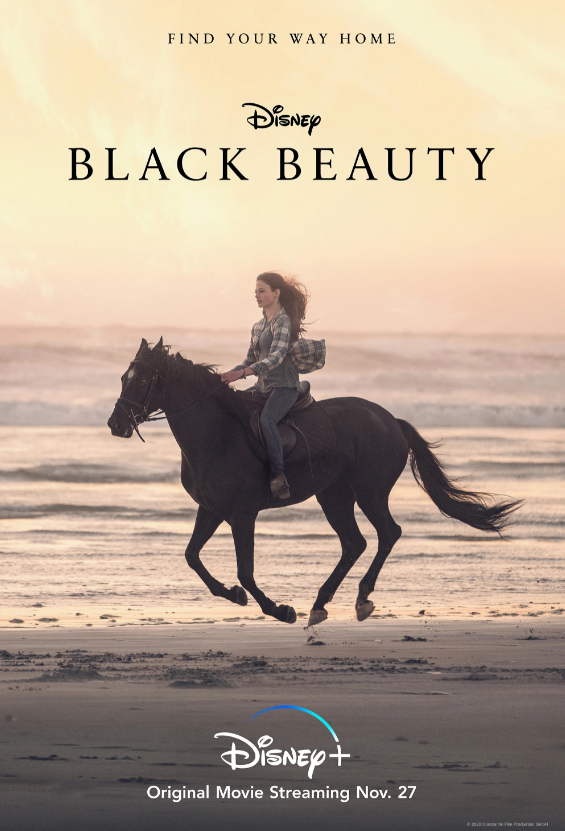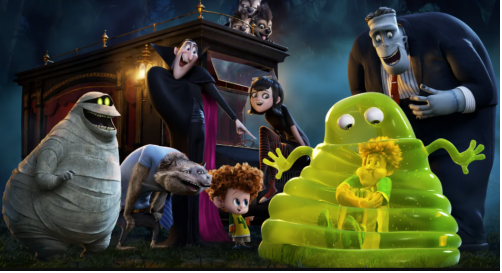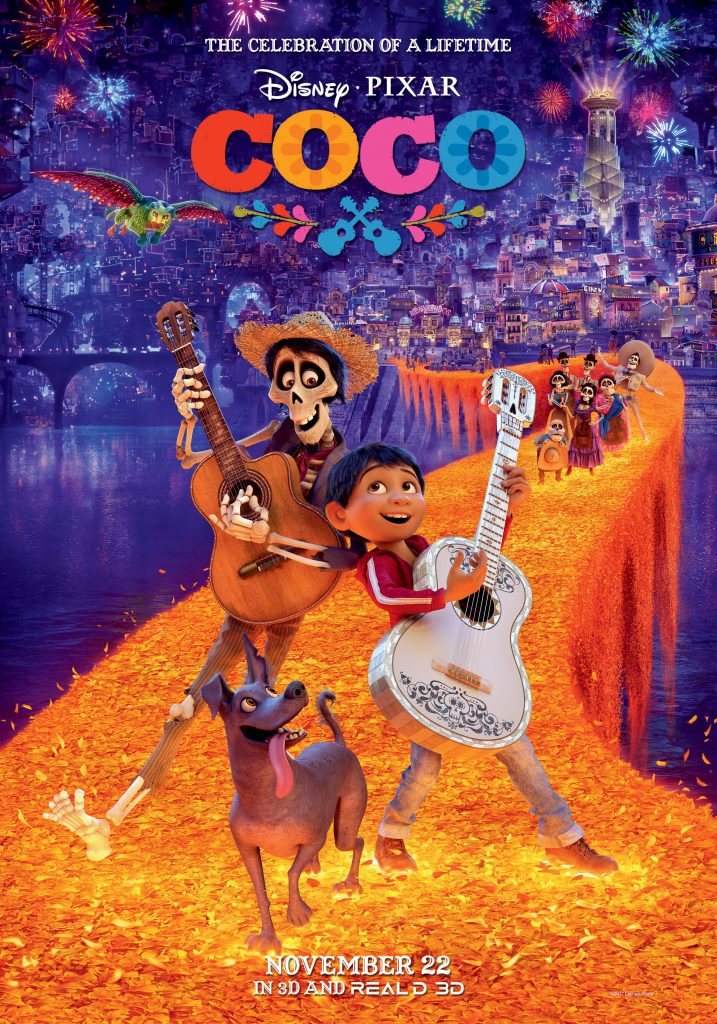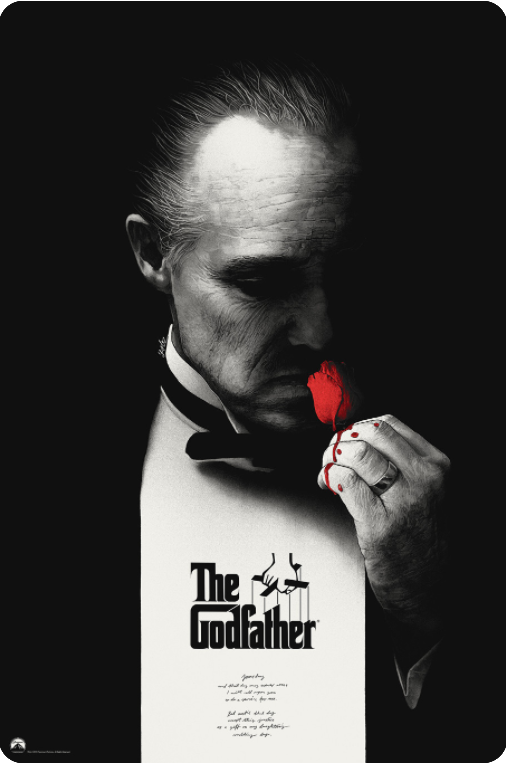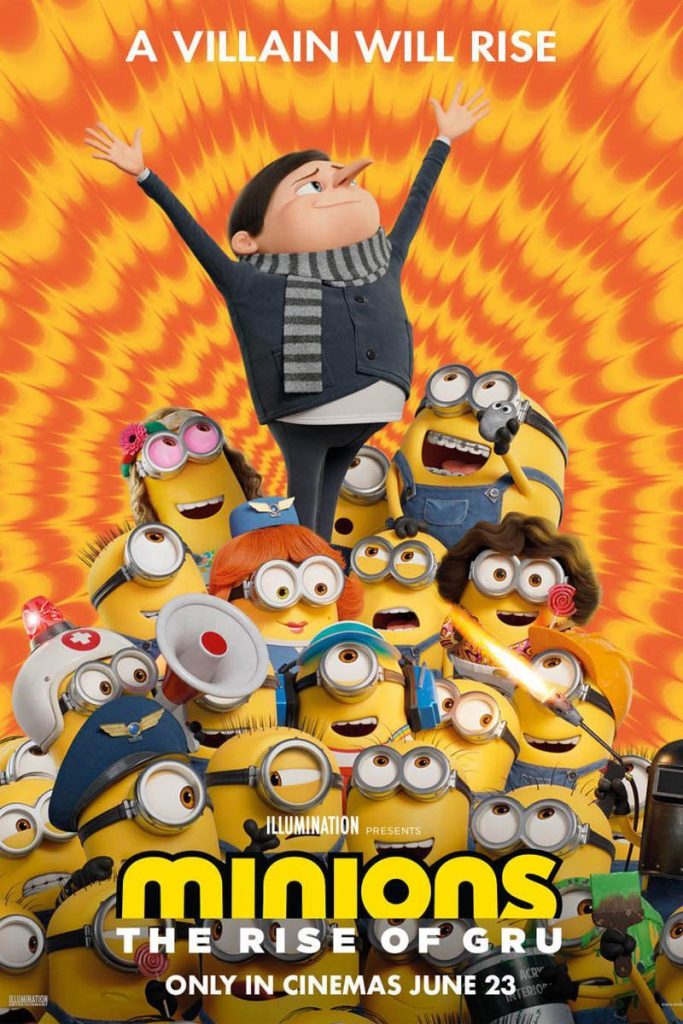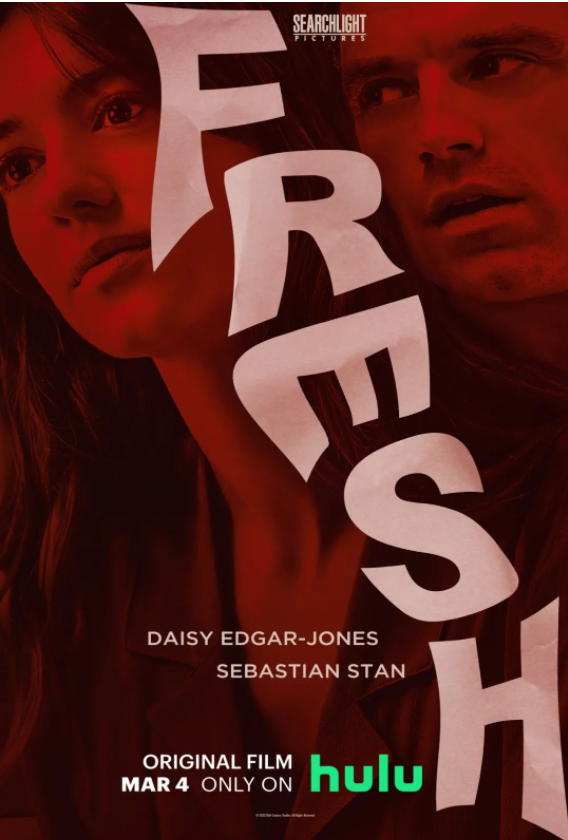Black Beauty is not a cute and amusing film, but rather a film that portrays the gracefulness of beauty and her spirituality in a very divine and dignified tone. Although it may not be as big a hit in terms of audience appeal, as a new animal-themed film, it has certainly found another way to comfort us. 2017’s fantastically romantic ‘A Dog’s Mission’ has been a hit, with many woofers praising it and enjoying the addiction of watching cute pets on the big screen. Not long ago, Disney’s new animal-themed film Black Beauty was finally released to audiences, allowing us to listen to the “inner monologue” of animals once again. With the same first-person narrative setting and the emotions between humans and animals running throughout the film, Black Beauty has a clear audience target: if you are a horse lover or curious about the inner world of horses, this is a film not to be missed.
A black stallion named Beauty was born in the American West. For two years after her birth, Beauty lives a life of leisure, roaming the prairie every day and growing up warm and comforted by her mother, a wild horse with no restrictions.
However, when she sees herds of cattle and sheep intruding on their territory, she is keen to understand where these unwanted visitors are coming from. Driven by curiosity, Beauty discovers the presence of humans for the first time, and it is her appearance on the side of the road that brings her to the attention of the cowboys who arrest the wild horses. As a result, Beauty and her entire tribe of wild horses are fenced in, awaiting either a miserable life of slavery or an even crueler death.
Fortunately, a horse trainer called John came to the fence, and with rare gentleness and compassion, he bought Beauty from the cowboys and took her to Burtwick Stud with the intention of taming her into a good horse for riding. However, although Beauty had little dislike for John, she retained her wildness from the prairies and anyone who dared to approach her was frightened away by her frenzied and restless behaviour. For a while, John, who had tamed hundreds of good horses, had a headache.
The turning point is the appearance of John’s niece Jo, a young girl who, having suddenly lost both parents, becomes Beauty’s namesake and brings new hope to her life. By legal arrangement, Jo goes to her uncle John as her new guardian after the death of her parents in a car accident, but as Jo and John hardly ever see each other, this makes it difficult for the former to adjust to life on the racecourse, let alone open her heart to John.
One is a stubborn young girl who has lost her family and the other is an unruly wild horse who has lost her home, but an unintentional meeting between the two leads them to find a soulmate who understands them. Even though they are different from each other and do not speak the same language, they cannot be separated from the sadness of their shared lack of love.
It is with Joe’s guidance that Beauty begins to be bridled and saddled, from a wild and unruly horse to a gentle and healthy foal. Although Joe and Beauty are separated for several years due to financial reasons and life changes, they are finally reunited by their true feelings for each other.
Black Beauty is a tender and touching look at the commonality of emotions between all things. Especially when we cannot find emotional support for others, perhaps the “person” who really understands you is an animal in a similar situation, but this emotional commonality does not make it inferior, but transcends worldly meaning and makes people sigh.
The film shows the interaction between Joe and Beauty without being forced or awkward, but rather as the emotions between them grow, it becomes more and more touching.
Jo doesn’t start out with Beauty as her ‘black confidante’ – after her uncle John’s repeated attempts to talk to her, which always end in failure and arguments, she realises that there is no one in the world who can understand her inner pain, and the torment of being a stranger in a world where no one else can. It was only when she learned about these wild horses from John, intentionally or unintentionally, that she opened up her inner world to the black horse in front of her for the first time.
It was difficult for beauty to find understanding in humans, who were the ones responsible for destroying her home and capturing her flesh. But the reticent and melancholy girl in front of her made her see herself for the first time, that helplessness and bewilderment. So the two began to change for each other. Joe no longer sings the opposite of John all the time, but benefits from his experience in taming horses as a way of keeping Beauty tamed and able to stay on the farm and not be sold.
Beauty, on the other hand, clearly understands Joe’s good intentions, although she is reluctant to wear a bridle and saddle as it makes her feel dangerous and constrained. But she is willing to keep trying to make sacrifices in order to remain with Joe.
This kind of suffering for the sake of the other is also seen in a horse race. In order to keep the stable going, the owner has to lease Beauty out as a racehorse for the daughters of high society families.
In the meantime, the clumsy and spoilt girl only makes Beauty cater to the wrong racing rhythm, constantly tormenting Beauty with reins, whips and spurs. But even under these circumstances, Beauty was undaunted and continued to endure a barrage of abuse. After all, if she retaliates by throwing the girl out, she is likely to subject Joe to punishment.
Joe, on the other hand, when he learns that the girl is torturing Beauty, wants to tear her apart on the spot and confront her about such a lowly and underhanded way of taming a horse. But if she does, the girl is bound to fire Joe and take it out on Beauty by torturing her twice as much.
The mutual forbearance of the two, for each other, is the growth through suffering. Black Beauty is a resilient and powerful plot twist that allows us to see the tolerance and mutual understanding between Joe and Beauty that transcends human and animal.
Based on the 1877 novel of the same name by British author Anna Sewell, this film has been brought to the big screen several times before, the more iconic being 1994’s The Black Stallion, directed by Caroline Thompson and starring Sean Bean and David Hewlis.
This time, for Black Beauty, both leads have changed from male to female. The voice of Beauty, featuring acting great Kate Winslet, shows the wild freedom of Beauty from her mature and hardened tone of voice.
The female lead is McKenzie Foy, who starred as the female lead in Nolan’s Star Trek as a teenager. The fresh-faced, Liv Tyler-esque teenager continues to emerge as the tough, tenacious and highly spiritual figure she was in Nolan’s film, winning back a slew of critical acclaim once again.
But while the human-horse relationship between Joe and Beauty is certainly worth remembering, it is a very different emotion from A Dog’s Purpose. In the latter, the relationship between man and dog is more one of attachment and dependence, i.e. the dog’s loyalty to the man, hence the use of the word “mission”.
In Black Beauty, on the other hand, the relationship between horse and human is more of an equal one, and although Beauty is constantly resold in the second half of the film and lives a miserable life, she is always seen by Joe as a friend and confidant. This is why she never uses the word ‘tame’ to indicate her transformation of Beauty, but rather ‘partner’, which is a reflection of Beauty’s place in her heart.
So, instead of being cute and funny, Black Beauty portrays Beauty’s athleticism and her spirituality in a very divine and dignified tone. Although it may not be as big a hit as the cute pet-oriented films in terms of audience appeal, it certainly finds another way of comfort for us as a new product of animal-themed films.
